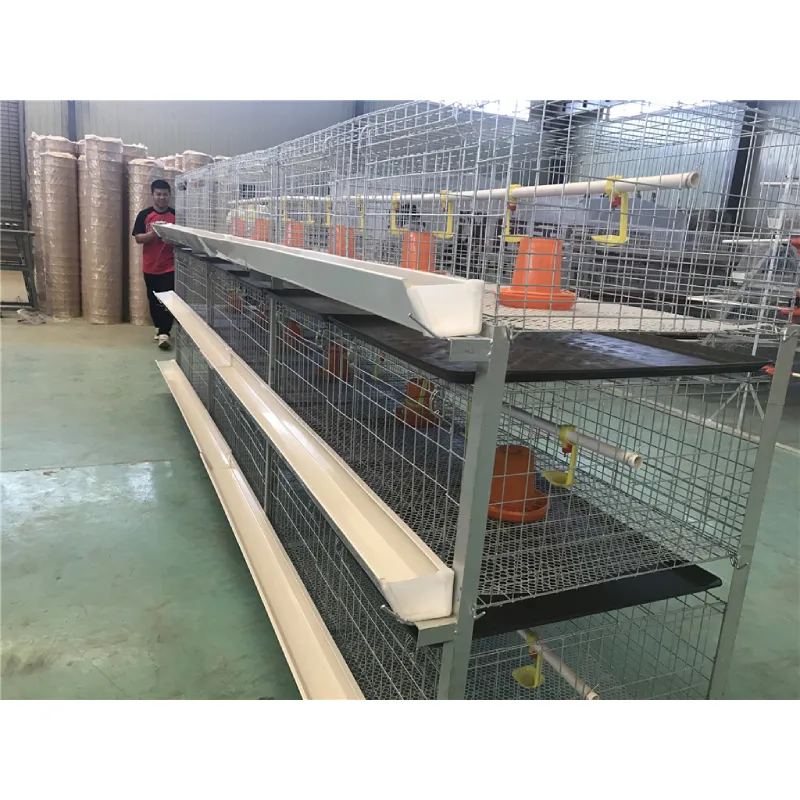Efficient Egg Tray Production Machine for Eco-Friendly Packaging Solutions
Aug . 17, 2024 17:02 Back to list
Efficient Egg Tray Production Machine for Eco-Friendly Packaging Solutions
The Rise of Automatic Egg Tray Machines Revolutionizing the Egg Packaging Industry
In recent years, the demand for efficient and eco-friendly packaging solutions has surged, particularly in the food industry. One notable innovation that has caught the attention of businesses and consumers alike is the automatic egg tray machine. This technology not only streamlines the production process but also addresses sustainability concerns associated with traditional packaging.
What is an Automatic Egg Tray Machine?
An automatic egg tray machine is a piece of equipment designed specifically to produce egg trays from waste paper pulp. The process involves several steps pulp preparation, molding, drying, and packaging. The machine efficiently transforms recycled paper into durable trays that provide protection for eggs during transportation and storage. Unlike conventional packaging materials, these trays are biodegradable and recyclable, making them an environmentally friendly option.
How It Works
The operation of an automatic egg tray machine is primarily automated, which significantly reduces labor costs and increases production efficiency. The journey begins with the collection of waste paper, which is processed into a pulp. This pulp is then fed into the molding section, where it is shaped into egg trays using molds. Once formed, the trays are sent through a drying process, eliminating moisture and ensuring structural integrity. Finally, the dried trays are stacked and prepared for distribution.
This entire process can produce thousands of egg trays per hour, making it ideal for large-scale egg production companies. The automation aspect also allows for consistent quality, as the machine can maintain the same parameters throughout the production run.
Advantages of Automatic Egg Tray Machines
automatic egg tray machine

1. Efficiency Automatic egg tray machines have the capacity to produce a high volume of trays in a short time frame, catering to the needs of large poultry businesses. High efficiency not only meets market demands but also helps in reducing overall production costs.
2. Sustainability The use of recycled paper as the primary raw material aligns with the global shift towards environmentally conscious practices. By utilizing waste paper, these machines contribute to reducing landfill waste and promoting recycling.
3. Cost-Effectiveness While the initial investment in an automatic egg tray machine may be substantial, the long-term savings in labor, material costs, and waste management can quickly offset this expense. Moreover, the durability of the egg trays minimizes losses due to damage during transportation.
4. Versatility Many automatic egg tray machines can also produce trays for other items, such as fruits and electronics, making them versatile assets for businesses looking to diversify their packaging solutions.
5. Reduced Labor Intensity With automation, the reliance on manual labor decreases, allowing companies to allocate human resources to other critical areas of operations.
Future Prospects
The future of automatic egg tray machines looks promising as the food industry increasingly embraces sustainable practices. Innovations in technology, such as the incorporation of artificial intelligence and IoT, are expected to further enhance efficiency and quality control in the production process. Furthermore, as environmental regulations become stricter, businesses are likely to turn towards eco-friendly packaging solutions, driving the demand for automatic egg tray machines.
In conclusion, the automatic egg tray machine represents a significant advancement in packaging technology. By combining efficiency with sustainability, it not only meets the needs of modern businesses but also aligns with global efforts to protect the environment. As more companies recognize the benefits of this innovative solution, we can anticipate a broader adoption in the coming years, transforming how eggs and other products are packaged and transported.
-
Hot Sale 24 & 18 Door Rabbit Cages - Premium Breeding Solutions
NewsJul.25,2025
-
Automatic Feeding Line System Pan Feeder Nipple Drinker - Anping County Yize Metal Products Co., Ltd.
NewsJul.21,2025
-
Automatic Feeding Line System Pan Feeder Nipple Drinker - Anping County Yize Metal Products Co., Ltd.
NewsJul.21,2025
-
Automatic Feeding Line System - Anping Yize | Precision & Nipple
NewsJul.21,2025
-
Automatic Feeding Line System - Anping Yize | Precision & Nipple
NewsJul.21,2025
-
Automatic Feeding Line System-Anping County Yize Metal Products Co., Ltd.|Efficient Feed Distribution&Customized Animal Farming Solutions
NewsJul.21,2025






